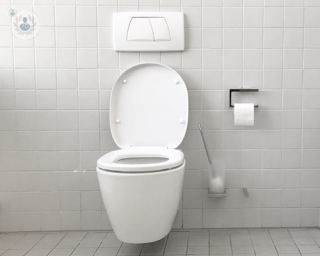
Mr Benjamin Lamb
13.11.23
Urologia
NeuroSAFE for Robotic radical prostatectomy (RRP):what is it?
NeuroSAFE is an increasingly popular procedure used to minimise sexual dysfunction after prostate cancer surgery. Leading consultant urological and robotic surgeon Mr Benjamin Lamb explains more about the procedure, including how it works and its benefits.















